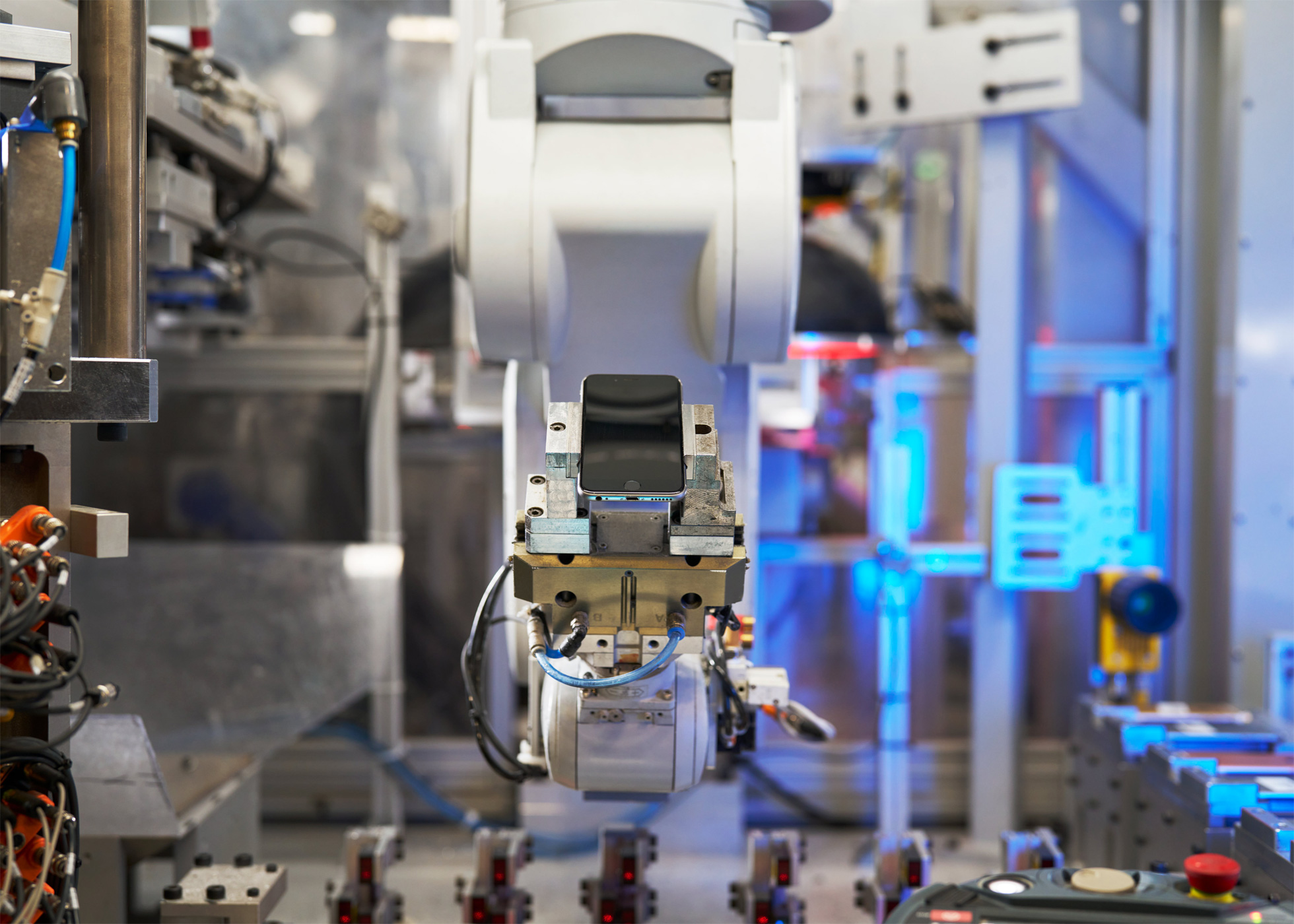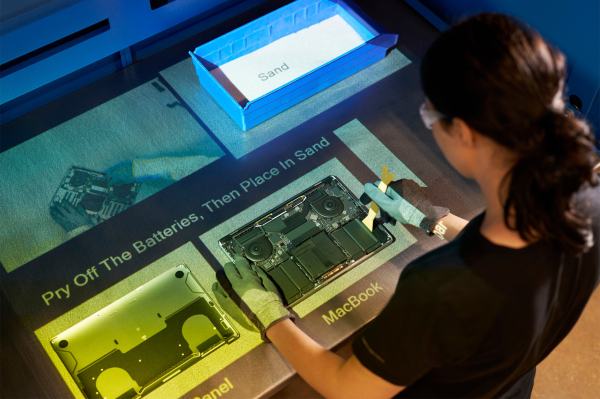There’s a long list of things corporations can do to lessen consumer electronics’ environmental impact. Making systems easier to repair is up there, along with encouraging device recycling and updating manufacturing and supply chain processes. Utilizing recycled material in the devices themselves is a big piece of this puzzle, as well — it’s good publicity and better for the environment. A win-win.
Companies like Google and Samsung have leaned into those efforts — the latter providing a great visual in the form of recycled fishing nets. Almost exactly a year ago today (Earth Day is coming up, folks), Apple noted that it was doubling its use of recycled materials in products and pushing to eliminate plastics in packaging by 2025.
This morning, the company announced that same deadline to move to 100% recycled cobalt in its batteries, including the iPhone, iPad, Apple Watch and MacBooks. Batteries, the company notes, monopolize “a significant majority” of the cobalt the company uses. Cobalt is a rough one — both with regard to mining practices and the metal’s direct impact on those people who do the mining. Here’s a Guardian story from 2021 — horrific stuff.
In a release issued this morning, Apple notes:
Apple has significantly expanded the use of 100 percent certified recycled cobalt over the past three years, making it possible to include in all Apple-designed batteries by 2025. In 2022, a quarter of all cobalt found in Apple products came from recycled material, up from 13 percent the previous year.

Image Credits: Apple
The move follows similar initiatives for key materials including aluminum, tungsten and rare earth metals. It’s also more broadly a piece of Apple’s long-standing push to carbon neutrality by 2030.
“Our ambition to one day use 100 percent recycled and renewable materials in our products works hand in hand with Apple 2030: our goal to achieve carbon neutral products by 2030,” says VP Lisa Jackson. “We’re working toward both goals with urgency and advancing innovation across our entire industry in the process.”
A big piece of the puzzle is, naturally, recycling cobalt from older, end of life devices. Five years back, the company implemented its Daisy robotic arm, which strips and separates materials from iPhones.
Says Apple:
Since 2019, Apple estimates that more than 11,000 kilograms of cobalt have been recovered from batteries extracted by Daisy and then returned to the secondary market. Daisy also helps recover rare earth elements, which are largely lost through traditional electronics recycling processes.
Another interesting note, in light of Apple’s XR ambitions, is the “overhead projector-based augment reality system” (seen at the top of the post) it’s been shipping to partners, in order to guide human workers through the disassembly process.
